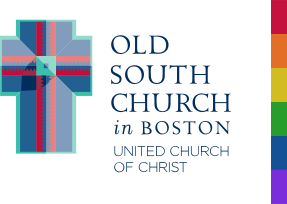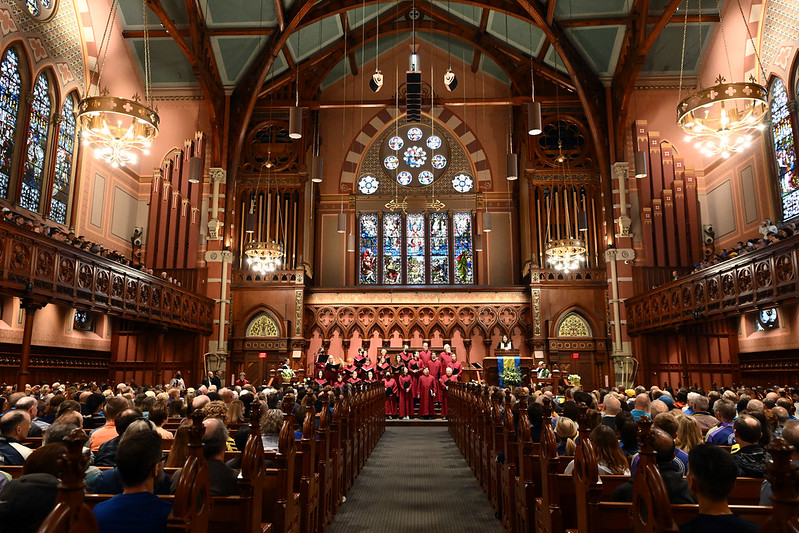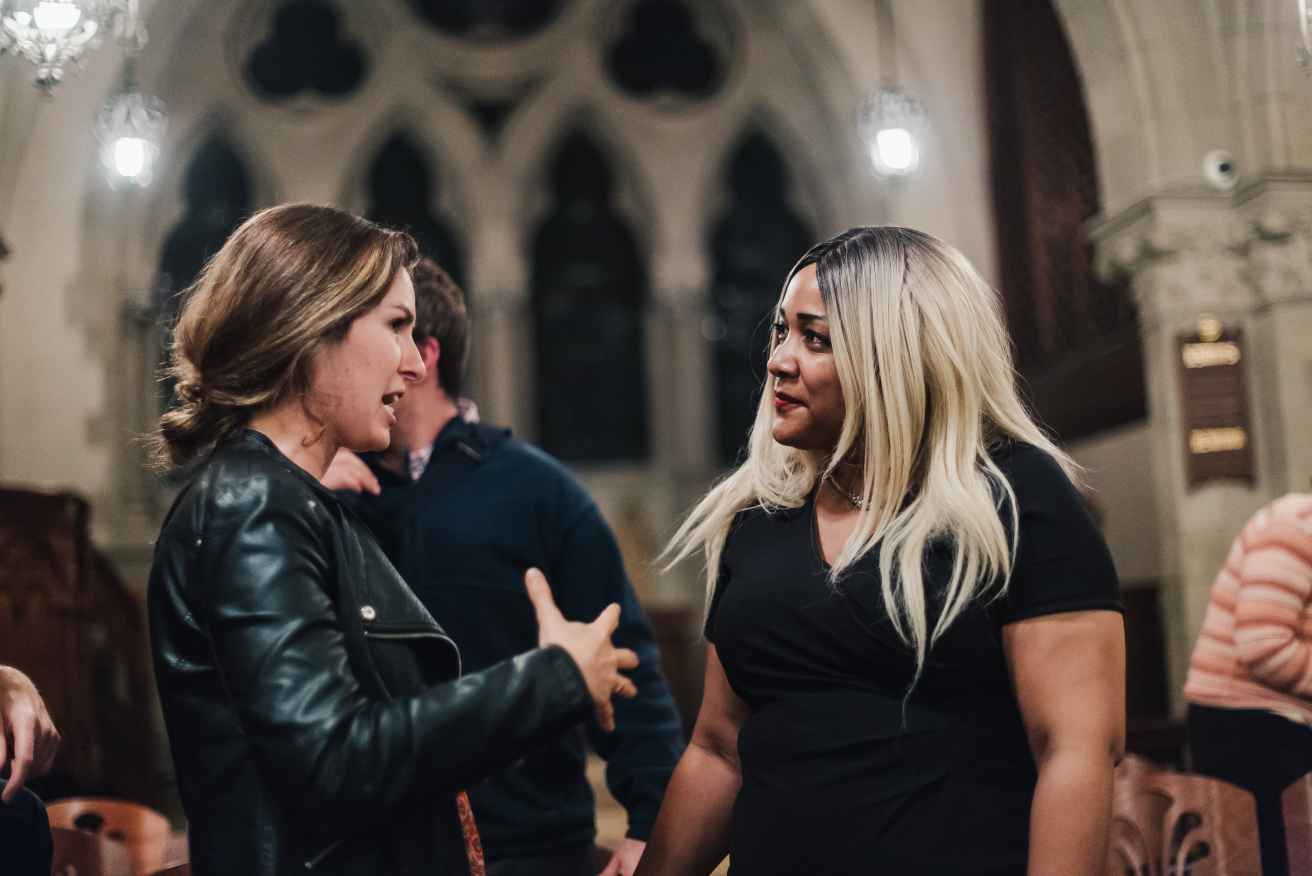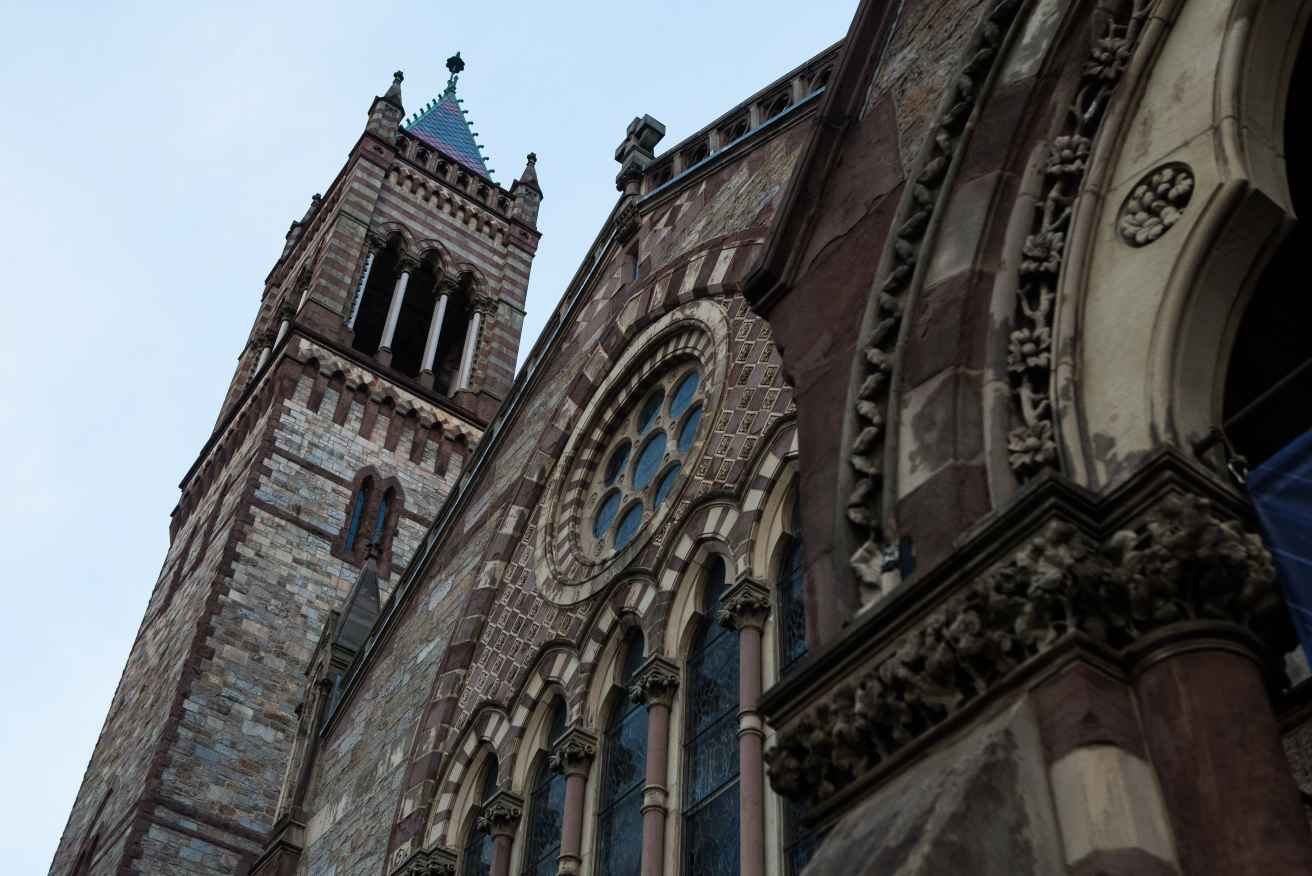The morning of January 14, 1697, was a special one in the life of the Old South Church in Boston. It was a day of fasting and prayer for several churches in the city, including Old South. As the Reverend Samuel Willard walked towards the pulpit at the beginning of the service, Old South member Judge Samuel Sewall passed him a note. Reading from this note, Reverend Willard announced that Judge Sewall wanted to repent for his role in sentencing five women to death during the infamous Salem Witch Trials five years earlier and to “take the blame and the shame of it.” The two Samuels had enjoyed a long friendship, and this was a moment of reconciliation that ended several years of tension between them.
Unlike Judge Sewall, Reverend Willard advocated tolerance for people accused of witchcraft. When he was a young preacher in Groton, Elizabeth Knapp, a sixteen-year-old servant living in his household, started having strange fits and claimed that a neighbor had bewitched her. Instead of ostracizing Elizabeth and her neighbor, he encouraged them to pray together, which they did. Elizabeth’s fits soon stopped. Willard was skeptical that the young girl was possessed. Later, during the Salem Witch Trials, Old South member John Alden was accused of witchcraft and sent to prison. The Reverend Samuel Willard risked his safety by helping Alden escape jail.
During this dark period in American history, Reverend Willard spoke out against the use of “spectral evidence.” Spectral evidence refers to witness testimony that the accused person’s spirit or spectral shape appeared to them in a dream to cause spiritual or bodily harm. In other words, the accused “witch” was powerful enough to send their spirit (or specter) to lead an innocent person astray within a dream or vision. The courts used witness testimonies to support a witchcraft conviction.
On June 15, 1692, Reverend Willard joined Cotton Mather and other ministers to sign a letter titled The Return of Several Ministers. They wrote to then-governor William Phips, who sought their spiritual guidance in handling the Salem crisis. While the ministers agreed that Satan played a role in the crisis, they advised Governor Phipps to proceed with care. They stressed the importance of recognizing a distinction between presumption and guilt, and said that witchcraft was rare. In a sermon he preached later that summer, Willard spoke out against using spectral evidence to accuse someone of witchcraft. He acknowledged that while Satan could assume the shape of an innocent person, they did so without that person’s consent. Without the innocent person’s consent, there could be no covenant between Satan and that person, and without such a covenant, the court could not rightfully convict someone of witchcraft. He urged his congregation not to believe false reports and to remain charitable towards the accused.
Given the Reverend Samuel Willard’s moderate stance on witchcraft, it is unsurprising that there were several years of tension between him and Judge Samuel Sewall. Biographer Eva LaPlante relates several incidents in which Judge Sewall knew his beloved pastor was shunning him. Shortly after the infamous trials, Judge Sewall and his wife noticed that the Reverend did not invite them to attend a prayer meeting at his home, where they were usually regular attendees. They noted several more occasions where they did not receive that invitation. When Judge Sewall’s young daughter lay dying, Reverend Willard prayed with the family. However, Willard was noticeably absent from Sarah’s funeral.
The summer following his public confession, Judge Sewall sensed that the Reverend Willard was no longer ostracizing him. He invited Willard and his large family to a picnic he hosted on Hog Island. Reverend Willard gladly accepted, and the two families enjoyed a feast, good-natured banter, and psalm-singing. When Reverend Willard was on his deathbed in the summer of 1707, Judge Samuel Sewall rushed to be with his “dear pastor.” The relationship between the two Samuels, once fractured, was restored.
References
- LaPlante, E. (2007). Salem Witch Judge: The Life and Repentance of Samuel Sewall. HarperOne.
- Robbins, S. L. (1987). Samuel Willard and the Spectres of God's Wrathful Lion. The New England Quarterly, 60(4), 596–603.
- The Salem Witch Museum. (2025). Spectral Evidence. The Salem Witch Museum. Retrieved March 1, 2025, from https://salemwitchmuseum.com/2013/02/15/spectral-evidence/
- Yeo, R. W. (2020). The Witchcraft Trials and Old South Church. In Tell the Story Encyclopedia Task Force (Ed.), Old South Church in Boston, 1669-2019: A Concise Theological, Historical, & Whimsical Encyclopedia. The Old South Church in Boston.








